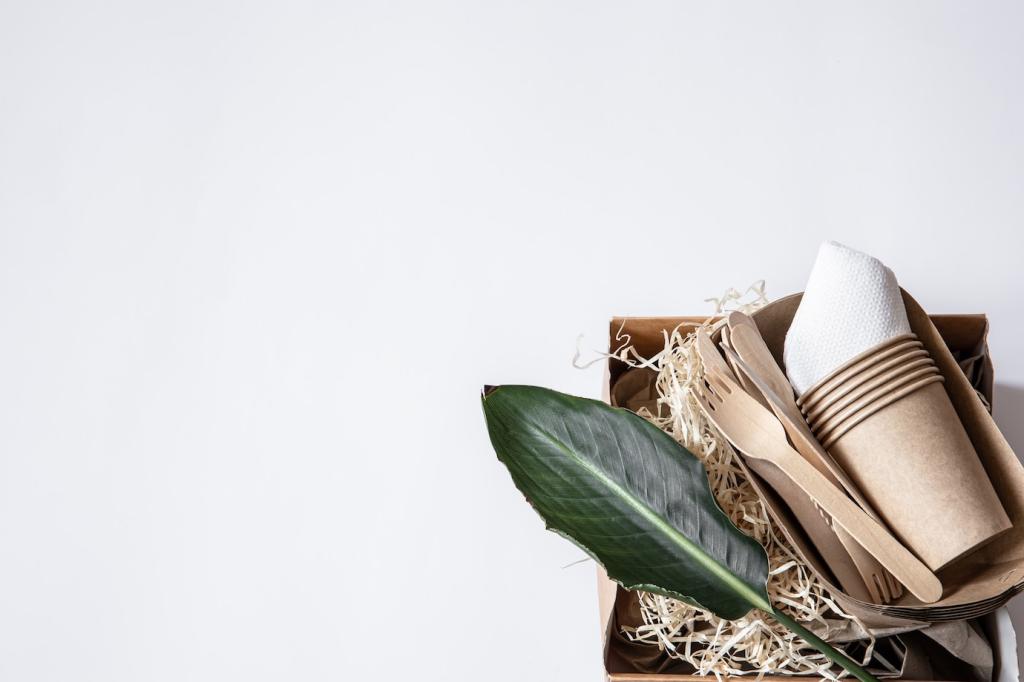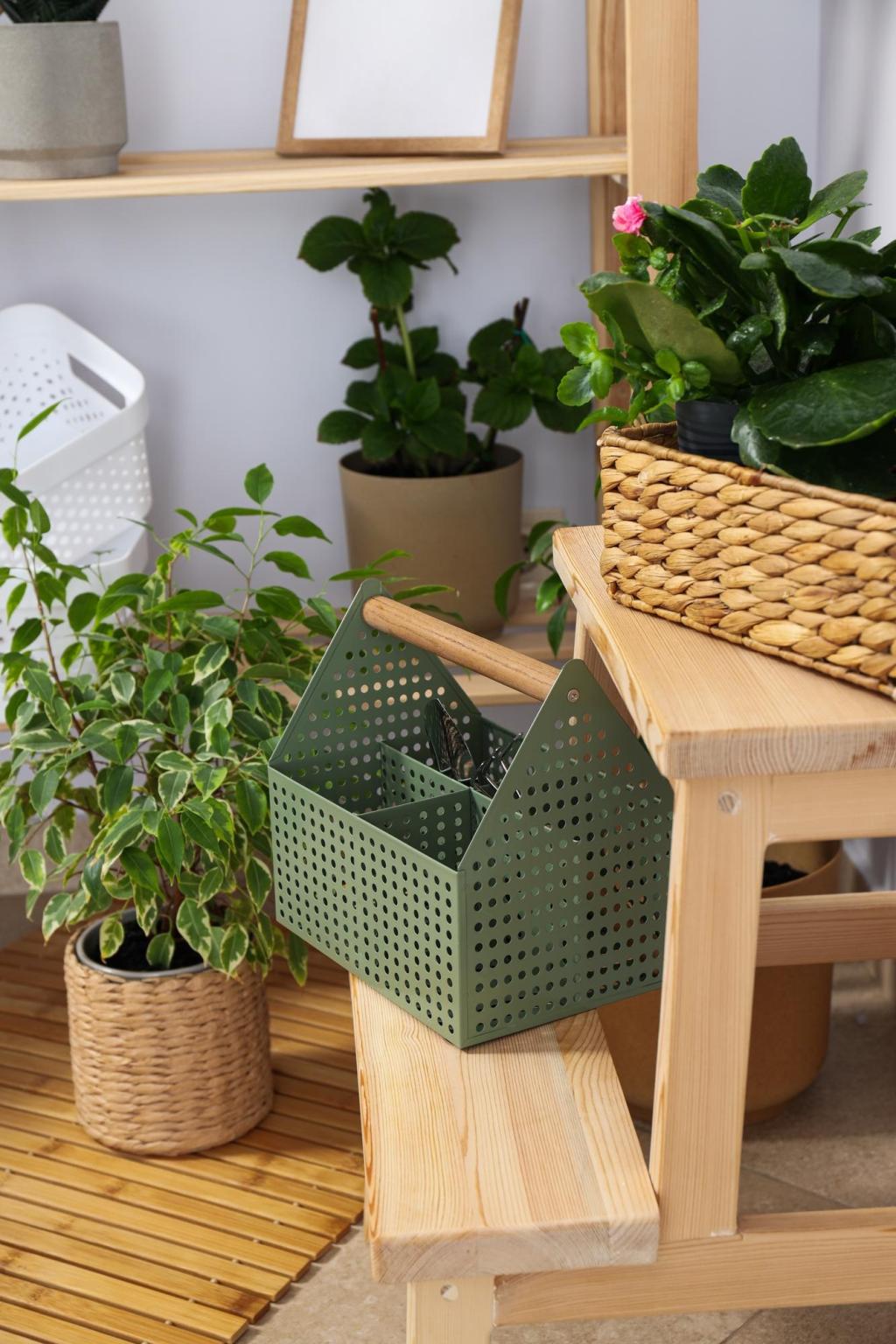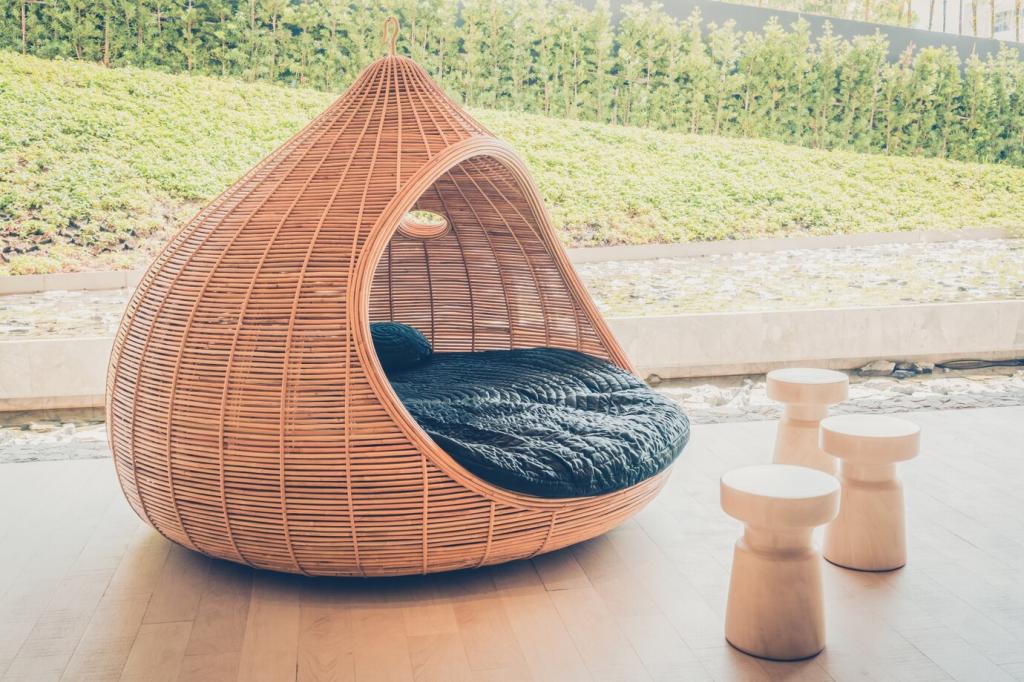Sustainable Design: Upcycling and Furniture Trends
Chosen theme: Sustainable Design: Upcycling and Furniture Trends. Welcome to a home page that celebrates inventive reuse, resilient materials, and furniture ideas that respect the planet while delighting your everyday life.
From Waste Stream to Value Stream
Every year, millions of tons of furniture enter landfills, despite many pieces holding sturdy frames and salvageable materials. Upcycling interrupts this waste flow, retaining embodied energy while creating unique, meaningful design stories.
The Emotional Lifespan of Objects
A chair repaired by your hands becomes more than seating; it becomes a memory you can touch. Upcycling extends emotional ownership, transforming utility into heritage and encouraging mindful, lasting relationships with things.
Design With a Conscience
Upcycling is design democracy: accessible skills, locally sourced materials, and imaginative problem-solving. Follow our newsletter for practical tips that reduce footprints, support local artisans, and spark small changes with big cumulative impact.

Modular Pieces That Adapt With You
Reconfigurable shelving, slot-in seating modules, and expandable dining tables evolve with changing homes. Modular design reduces replacement cycles, so style remains fresh while resources stay in use longer and budgets breathe easier.

Honest Materials and Visible Fixes
Designers are celebrating repair with visible stitching, contrasting patches, and exposed hardware. The aesthetic says, “this was cared for,” turning imperfections into badges of sustainability and craftsmanship rather than flaws to be hidden.

Traceability and the New Consumer Standard
Expect more brands to publish material origins, recycled content, and repair guides. Certifications like FSC and third-party environmental disclosures help buyers compare options based on impact, not only color swatches or trend names.
Small-Space Wins: Multifunctional Upcycled Furniture
An old travel trunk can host magazines, blankets, and late-night tea rituals. Add casters, a tempered glass top, and interior organizers to transform nostalgia into practical elegance without buying anything new.


Small-Space Wins: Multifunctional Upcycled Furniture
A solid-core door becomes a wall-mounted desk with piano hinges and simple gas struts. When folded up, it doubles as a magnetic mood board, freeing floorspace while anchoring your daily creative routine.
The Library Ladder That Saved a Staircase
An antique ladder, sanded and reinforced, became a slim book tower with integrated lighting. Its patina echoes the home’s timber beams, while reclaimed brass brackets prevent sway without erasing the ladder’s storied scars.
Grandma’s Buffet, Now a Bar With Purpose
A veneer-chipped buffet gained a marble offcut top, bottle cradles, and a charcoal milk paint finish. Family gatherings revived, and every pour comes with a story about craft, patience, and honoring generational history.
The Patio Set Built From Pallets Done Right
Heat-treated pallets, planed smooth, evolved into a sectional with removable, washable cushions. A penetrating oil finish resists weather, while hidden leveling feet keep the seating steady on uneven flagstones after summer storms.
Sourcing Responsibly and Building Community
Check renovation dumpsters with permission, deconstruction warehouses, and theater prop sales. Bring a tape measure, magnet, and moisture meter to assess quality, and always photograph labels for future finish compatibility research.

Care, Maintenance, and Designing for Tomorrow
Use mechanical fasteners over permanent glues, and map parts with simple diagrams. Future-you—or a new owner—can repair, refinish, or recycle components without destructive demolition, preserving value while reducing waste.
Care, Maintenance, and Designing for Tomorrow
Choose finishes that can be spot-repaired, like hardwax oils and shellac. Minor scratches buff out, patina develops character, and maintenance happens in hours, not weekends, keeping cherished pieces in rotation longer.
